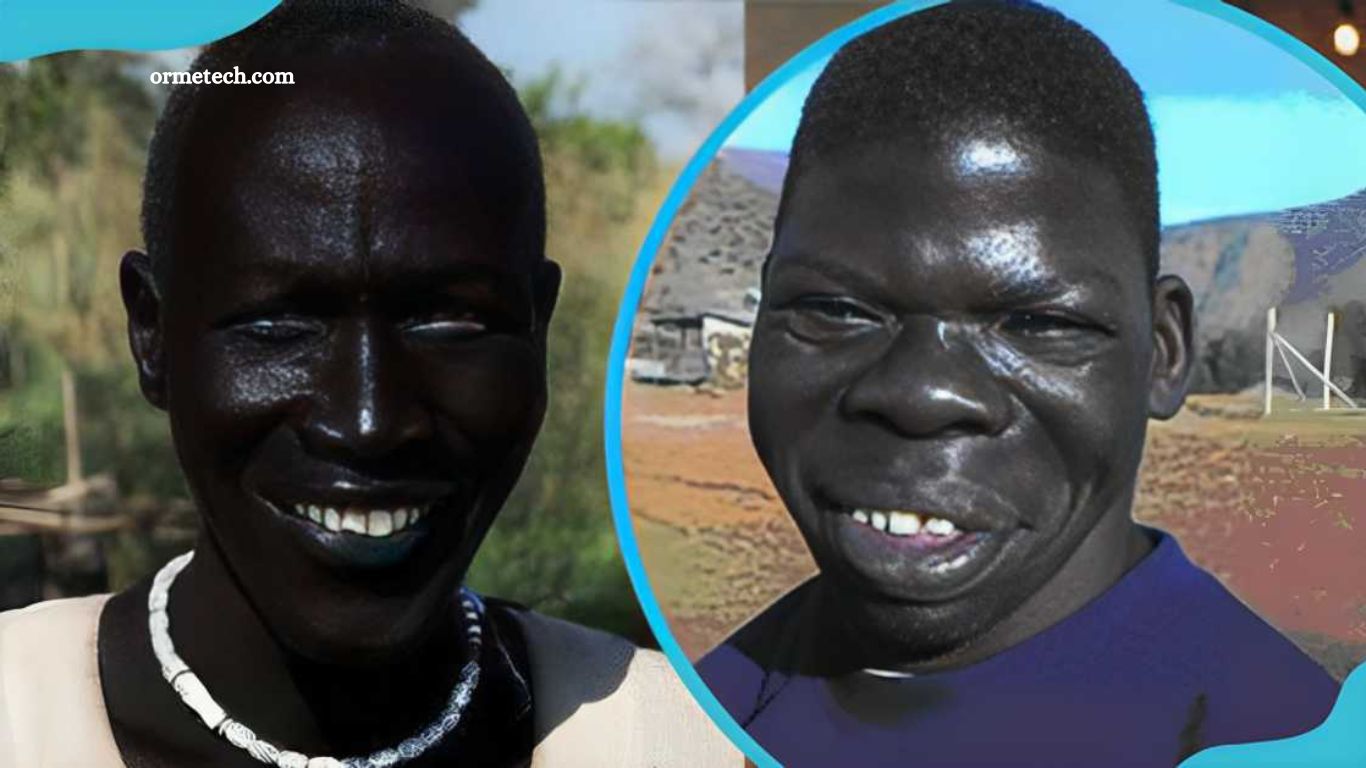Discover the Darkest Skin Tone in the World: An In-Depth Exploration
Have you ever wondered who holds the title of the darkest-skinned person in the world? While intriguing, this question is difficult to answer. There’s no universal scale to measure skin tone or an official registry tracking the darkest individual.
So, how can we explore this topic? While pinpointing a single person is impossible, we can highlight some of the darkest-skinned communities and models worldwide. Let’s dive into this fascinating subject.
African Ethnic Groups with the Deepest Skin Tones
Africa is home to diverse ethnic groups with rich, dark skin tones, particularly in sun-drenched regions. Some stand out for their exceptionally deep pigmentation.
Dinka and Nuer (South Sudan)
The Dinka and Nuer of South Sudan are among the darkest-skinned people in the world. Living near the equator, where sunlight is intense year-round, their skin has adapted to offer maximum protection. Their tall stature and striking physical features make them easily recognizable.
Read More: Coyyn.com Economy: Everything You Should Know
Maasai (Kenya and Tanzania)
The Maasai, known for their semi-nomadic lifestyle, also exhibit deep skin tones. Their exposure to the sun, combined with their way of life, has contributed to their rich pigmentation—an essential trait for thriving in the harsh terrains of East Africa.
Himba (Namibia)
The Himba people of Namibia are among Africa’s most recognized ethnic groups, though not primarily for their dark skin. Instead, they are famous for their unique skincare rituals. They apply a mixture of butterfat and ochre to protect against the harsh desert sun, giving their skin a reddish tint. Their minimal clothing and striking appearance have long fascinated outsiders.
Shilluk (South Sudan)
The Shilluk, neighbors to the Dinka and Nuer, share similar deep skin tones, an adaptation to the intense sunlight of the Nile River region. Their skin color and physical features are integral to their cultural identity, influencing their traditions and way of life.
Dark-Skinned Models Redefining Global Beauty
For years, the fashion and beauty industries favored Eurocentric standards, often showcasing fair-skinned models with light eyes. However, the landscape is evolving, bringing more representation of deep-skinned beauty.
Nyakim Gatwech (South Sudan)
Dubbed the “Queen of Dark,” South Sudanese model Nyakim Gatwech is celebrated for her luminous, deep skin tone. A strong advocate for body positivity, she challenges outdated beauty norms and empowers dark-skinned women worldwide.
Khoudia Diop (Senegal)
Nicknamed the “Melanin Goddess,” Senegalese model Khoudia Diop is celebrated for her deep, radiant skin tone. She has transformed her striking complexion into a symbol of empowerment, using her platform to challenge beauty standards and promote self-love.
Alek Wek (South Sudan)
A pioneer in the fashion industry, Alek Wek was one of the first dark-skinned models to gain international fame. Breaking barriers in the 1990s, her striking features, and deep melanin paved the way for greater diversity in fashion. She even made her mark in Hollywood.
Anok Yai (Egyptian-Sudanese)
Anok Yai shot to fame after a photo of her at a college event went viral. With her flawless dark skin and elegant features, she quickly became a high-fashion icon, representing top luxury brands and redefining beauty standards.
Duckie Thot (South Sudanese-Australian)
Born in Australia to South Sudanese parents, Duckie Thot gained recognition for her strikingly dark skin and doll-like features. Her career skyrocketed after appearing on Australia’s Next Top Model, making her a sought-after face in the fashion world.
Adut Akech (South Sudan)
Another South Sudanese-Australian model, Adut Akech, has rapidly risen to fame and is often recognized for her intense skin tone. Her striking beauty has graced the covers of major magazines and top fashion runways, solidifying her status as a global icon.
Flaviana Matata (Tanzania)
Tanzanian model and beauty queen Flaviana Matata gained recognition after winning Miss Universe Tanzania. Known for her short hair and rich dark skin, she has collaborated with top designers while actively supporting philanthropic efforts, particularly in girls’ education in Tanzania.
Frequently Asked Questions
Who has the darkest skin tone in the world?
There is no official record of the darkest-skinned person in the world. However, individuals from ethnic groups such as the Dinka, Nuer, and Shilluk of South Sudan are known for having some of the deepest skin tones.
What causes highly dark skin tones?
Dark skin is primarily a result of high melanin production, particularly eumelanin. This is an adaptation to intense UV exposure in equatorial regions, helping protect against sun damage.
Which African ethnic groups have the darkest skin tones?
Some of the darkest-skinned ethnic groups include the Dinka, Nuer, Shilluk (South Sudan), Maasai (Kenya and Tanzania), and Himba (Namibia).
Are there models known for their deep skin tones?
Yes, several models have gained global recognition for their rich melanin, including Nyakim Gatwech, Khoudia Diop, Alek Wek, Anok Yai, Duckie Thot, Adut Akech, and Flaviana Matata.
Why is dark skin tone celebrated in fashion?
Deep skin tones challenge Eurocentric beauty standards, promoting diversity and inclusivity. Models with rich melanin have become icons of self-love and empowerment.
Can skin tone change over time?
While genetics play the primary role, prolonged sun exposure can deepen skin tone. However, lifestyle, environment, and skincare routines can also influence its appearance.
What are the benefits of having dark skin?
Dark skin, due to its high melanin content, offers natural UV protection, reduces the risk of sunburn, and slows down visible aging signs like wrinkles and sunspots.
Is there a scientific way to measure skin darkness?
Yes, tools like the Fitzpatrick Skin Type Scale and spectrophotometers can analyze melanin levels to determine skin tone scientifically.
Conclusion
The concept of the “darkest skin tone in the world” is complex, as skin color varies significantly across different ethnic groups and regions. While individuals from groups like the Dinka, Nuer, and Shilluk of South Sudan are often considered to have some of the deepest melanin, beauty icons such as Nyakim Gatwech and Khoudia Diop have also helped redefine global beauty standards.
Dark skin is a natural adaptation to high UV exposure, offering significant health benefits. As the fashion and beauty industries become more inclusive, the celebration of rich melanin continues to challenge outdated perceptions of beauty. Ultimately, the diversity in skin tones should be embraced, as every shade carries its own unique beauty and cultural significance.







